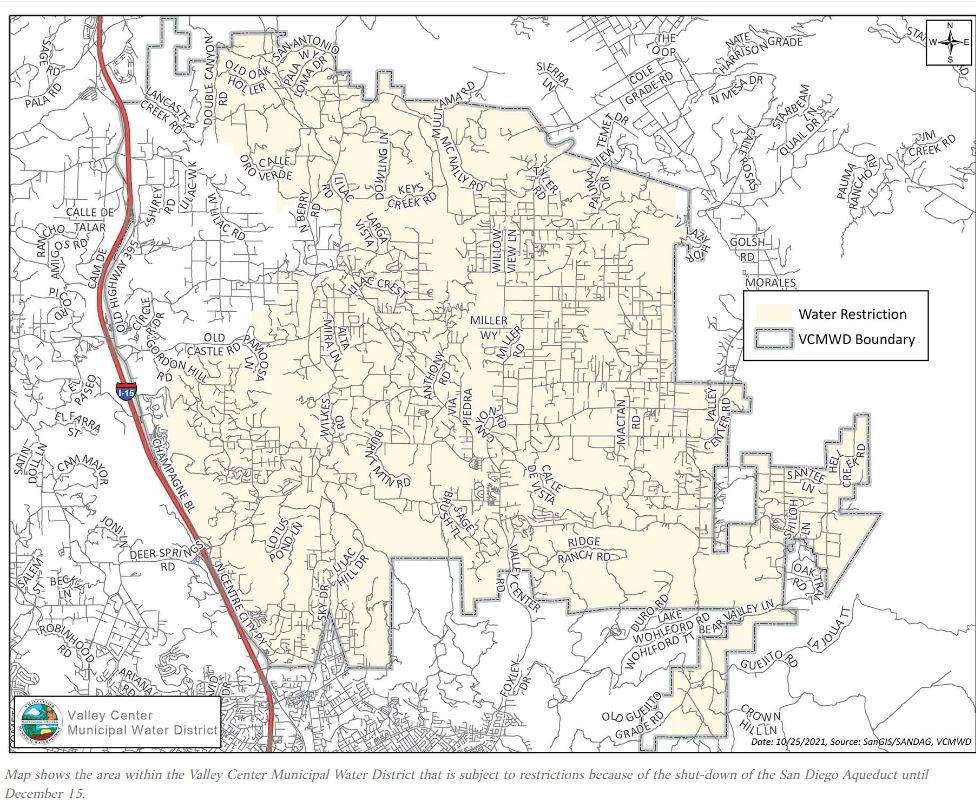California to Receive Half a Billion Federal Dollars for Water Infrastructure Improvement Projects
“There have not been enough investments into the water infrastructure since it was constructed. In 1977, 63% of the capital budget went to fund infrastructure repairs and by 2017 9% was going toward water, infrastructure and repairs. That is the biggest reason why we’re seeing issues on our existing infrastructure and more investment needs to be made now before the results become catastrophic,” said Burke, director of engineering at Inland Empire Utilities Agency.



